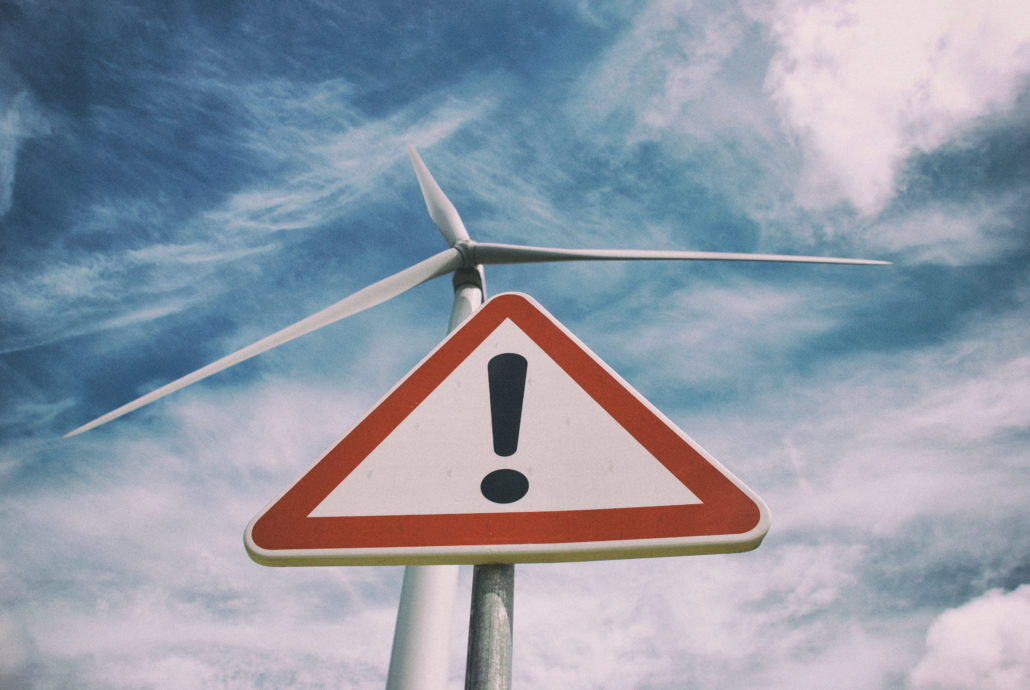The impact of the pandemic on global supply chains has been widely reported, but extreme weather events as a result of climate change are also piling on the pressure. From floods to wildfires, climate change events are increasingly hammering ports, highways, and factories worldwide and climate-induced disruptions will only intensify.
The Covid pandemic received most of the blame for supply chain upheavals, but the less publicised threat from climate change poses more serious threats and is already being felt. Sea level rises pose the biggest of all climate change’s threats, but even now, years before that begins inundating ports, supply chain disruptions caused by floods, hurricanes, wildfires, and other extreme weather are jolting the global economy.
Recent examples of climate change disrupting the global supply chain
- The Texas freeze, in February 2021, caused the worst involuntary energy blackout in U.S. history. That forced three major semiconductor plants to close, exacerbating a pre-existing global semiconductor shortage and further slowing production of microchip-dependent cars as a result of climate disruption. The outages also caused railroad closures, severing supply chain links between Texas and the Pacific Northwest.
- Heavy rainfall and melting snow, that month, caused banks of the Rhine River to begin to burst, triggering a river shipping halt for several days. Then, in April, water levels on the Rhine, which was facing long-term drought, dropped so low that cargo ships had to load at half capacity.
- Flooding in China, in July 2021, disrupted supply chains for coal, pigs, and peanuts, and forced the closure of a Nissan plant. SAIC Motor announced that these climate-related disruptions caused short-term impact on logistics at its plant in Zhengzhou, capable of producing 600,000 cars a year.
- Hurricane Ida struck the Gulf of Mexico, in August 2021, damaging vital industrial installations generating plastics and pharmaceuticals, forcing a diversion of trucks for relief.
- Fires in British Columbia, Canada, from June to October 2021, triggered by an unprecedented heat wave, caused a transportation choke point that idled thousands of rail cars and stranded their contents.
- Then, in November 2021, once-in-a-century rainfall, caused severe flooding in the province. The floods severed railroads and highways to Canada’s largest port and forced an oil pipeline to close. The loss of the rail network forced reduced lumber production, causing price increases and lumber, paper pulp, and other wood product shortages in the U.S.
- In December 2021, a typhoon caused arguably the worst historical flooding in Malaysia, and severely damaged the port of Klang. That disrupted the semiconductor supply chain, since Taiwanese semiconductors, the world’s largest manufacturer, are shipped there for packaging at Malaysian factories before shipping to the U.S.
Climate change and the supply chain: looking ahead
Such climate-related disruptions will intensify as the world warms. Ports, railways, highways, and other infrastructure will be threatened by sea level rises, an estimated 2 to 6 feet by 2100. Around 90% of the world’s freight moves by ship, and inundations will threaten the world’s 2,738 coastal ports, whose wharves lie just above sea level. However, the rate of sea level rise is so uncertain and solutions so elusive that only a few port managers have acted to counter or assess the threat. As climate-related disruptions spread through the global economy, price increases and shortages of goods are probable consequences.
In response to the threat of increasing supply chain disruption from climate change, manufacturers are considering enlarging their inventories or developing “dual supply chains”, delivering the same goods via two different routes. But both solutions would increase production costs and would contradict the predominant “just in time” manufacturing approach, which relies on robust supply chains to eliminate the need for companies to keep extensive parts inventories in stock. Companies could shorten their supply chains, shifting production facilities closer to home, but in many cases, they would be removing their factories from the constellation of suppliers that grew up around them in emerging markets.
More information
Are you concerned about the impacts of climate change on your global supply chain? If you want to discuss your concerns and find ways to make your supply chain more resilient, get in touch with us.
